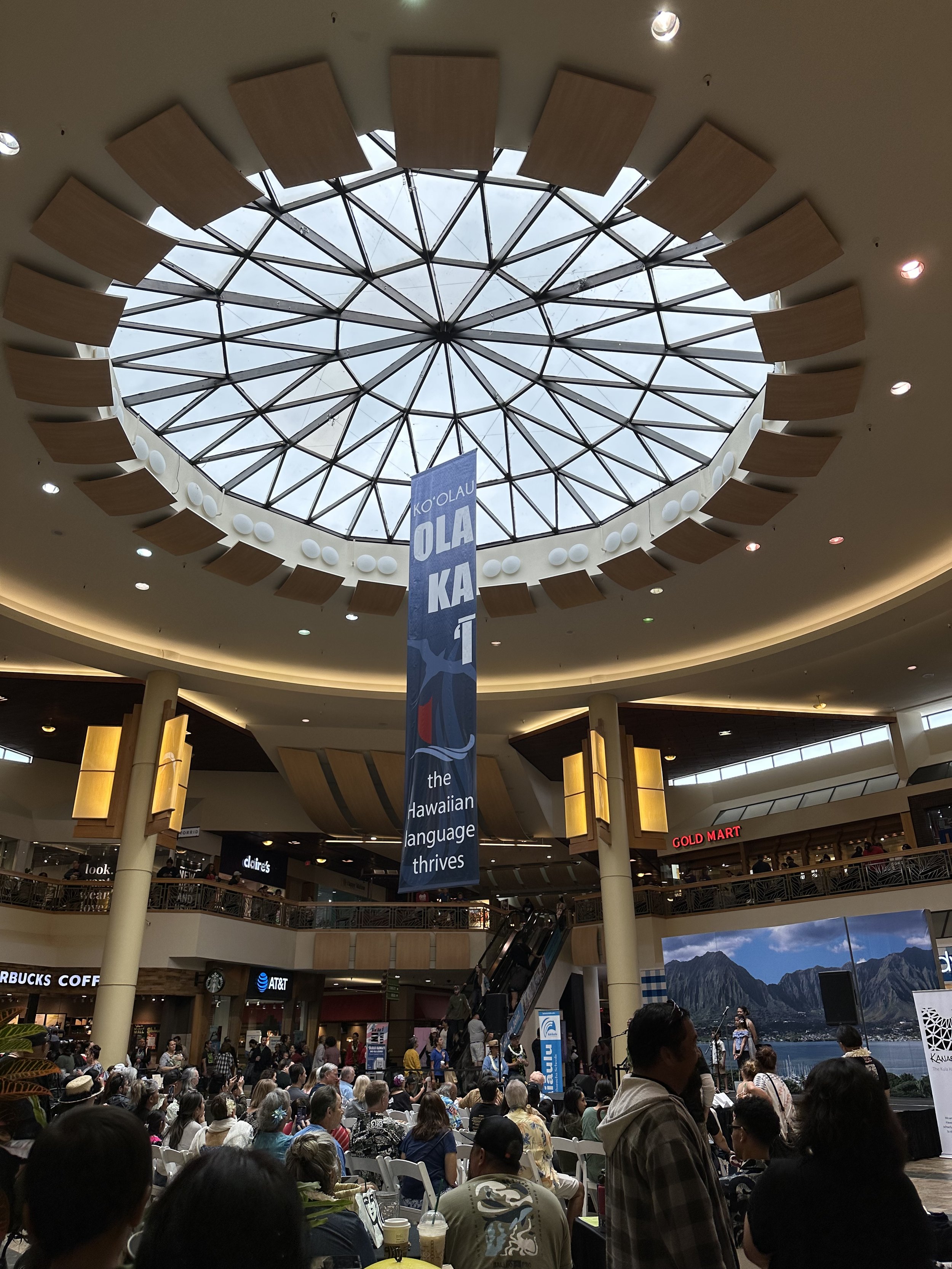Enacting Kūʻē in academia
Recently, I received confirmation that my first qualitative article is in the pre-press stage of publication in Education for Information: An Interdisciplinary Journal of Information Studies. The article “Enacting Kūʻē through Makawalu Discourse: A KanakaʻŌiwiCrit Study of Native Hawaiian Students” is part of a special issue call on resistant knowledges by the Critical Race Theory (CRT) Collective (CRTc), a group of international scholar-activists primarily in the education, information studies, and library sciences fields.
The journey toward publication started in November 2023 when Dr. Tony Dunbar shared the call in my advisor’s “Research Apprenticeship Course.” I remember feeling amazed by how well the call for proposals aligned with this manuscript. At the time, I hadn’t completed data analysis, but I knew I had incredibly powerful data on resistance from Native Hawaiian students in high school and college that deserved to be recognized in academia. Originally, the data I collected was used in a qualitative pilot study on Native Hawaiian identity, self-determination, and sovereignty. However, after revisiting conceptual frameworks on youth resistance and Indigenous ways of knowing and being, I reframed my research questions and updated my methodology to reflect a new focus. Thus, my work on this manuscript began in 2020 when I took a qualitative research series during the Covid-19 pandemic. The subsequent article is a testament to the significance of research questions in shaping analytic assertions. It also demonstrates the ability for critical theories to uncover humanizing narratives from publicly available testimonies and essays by youth.
To my knowledge, this forthcoming article will be one of a handful that apply a Kanaka ʻŌiwi Critical Race Theoretical (KanakaʻŌiwiCrit) framework to guide a qualitative methodological study. Consequently, I view this piece as an enactment of my own kūʻē and the ongoing movement among wāhine ʻŌiwi scholars to remake Hawaiian identity in academia. I’m especially excited to honor the existing wisdoms circulating among students attending Hawaiian language immersion schools and Hawaiian-focused charter schools, many of whom proudly speak about their love of Hawaiian language and culture in public spaces like the February 2024 Ola ka ʻĪ celebration at Windward Mall. The majority of participants in my study came from these types of institutions, which affirms these schools’ role in advancing sociocultural and sociopolitical movements for Native Hawaiian rights.
While this study highlights highly political forms of kūʻē in public discourse in response to the 2019 Kū Kiaʻi Mauna movement, the 2021 Kapukākī water crisis, and the 2023 Lahaina fires, I am also cognizant of the micro, everyday forms of kūʻē circulating within families and communities. This is, of course, my next pathway of exploration as I continue to work on my dissertation on internalized oppression and resistance.
I’m also looking forward to reading the other special issue articles with which this study has the privilege of being positioned. There are studies and reflections on cultural heritage, counterstories, and racial battle fatigue, and I’m curious to see how these authors defined “resistant knowledges” in their respective contexts. Additionally, the September 2024 special issue of American Quarterly titled “‘We are not American’ … Still” has been released, providing another collection of rich narratives and enactments of kūʻē in academia to explore.
With the conclusion of September, I hope to manifest a month of more balance between writing and reading. Here’s to a productive few weeks of learning and growing.
Ola ka ʻĪ: The Hawaiian language thrives 2024 at Windward Mall
